MRS Analytics Spotlight: Alex Maddox
08 October 2024
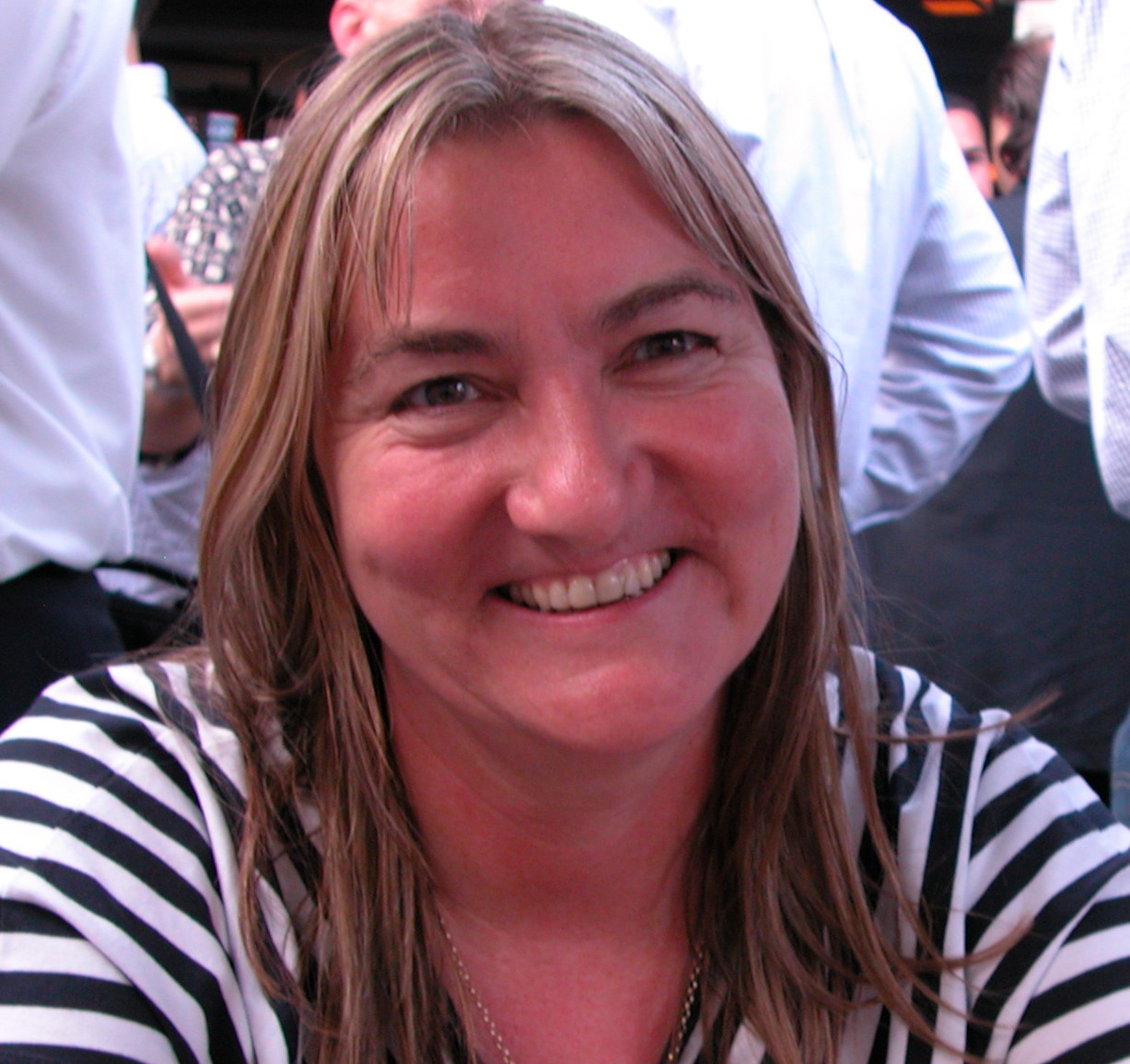
This month's MRS Analytics Spotlight: Interview with Alex Maddox,Partner Client Success at DataTile
Interviewed by Lisa Cowie
Alex Maddox, a member of the MRS Advanced Insights & Analytics Council, shares stories from her many years of experience helping clients analyse proprietary and syndicated surveys. Her passion for client support led to roles such as Managing Director and Global Client Services Director. She reflects on the experiences she enjoyed while working with clients in media research and media planning.
Q: What is your current role?
A: I am Senior Partner at Data Tile UK. DataTile is a new generation of analysis software developed by a mathematician and data scientist. The solution really impressed me, as it places control of the entire market research data processing workflow into the researcher's hands, from raw data to reporting. After a little training, clients can load their own surveys, run crosstabs and create their own dashboards.
Q: How did you start in the market research industry and progress your career?
A: My journey into the media research industry began in the UK when I responded to an ad for a client service executive. The role offered a lot of variety and I enjoyed it, leading to my joining Telmar in the 80’s, where I helped set up their first UK office. As the company grew, I learned every aspect of the industry and business operations. Starting with an exciting month of training in New York, I later trained clients on surveys like TGI, Touchpoints, RAJAR, and the National Readership Survey. Over time, I transitioned to executive roles such as MD and Global Client Services Director, allowing me to help and train key clients worldwide.
Q: What skills did you have to develop?
A: As a non statistician, I had to learn advanced research techniques on the job in order to answer clients’ analysis questions. Help line questions required knowledge of questionnaire design, advanced crosstab analysis and reach and frequency formulae. I was lucky enough to have some great and patient mentors to guide me. I had to learn how to use and train on complex statistical processes and techniques such as data integration, correspondence analysis and segmentation tools. I was able to build my experience by working with clients on campaigns and pitches, mining survey data for creative. I had to learn how to train and make my sessions relevant, interesting, and engaging, ensuring my customers gained confidence with mining insights.
These days there are a plethora of courses run by JIC’s, media trade bodies, MRS, MRG and IPA that were not available in my day. They are a great way to upskill.
Q: You mentioned working with global clients, how different was that?
A: I have worked with clients in Australia, Canada, China, Dubai, Hong Kong, Singapore, South Africa, Vietnam, USA and over 10 European countries. On my travels, I always worked with the local syndicated data, devising and sharing creative methods for analysis. I found syndicated research remarkably similar across territories with comparable consumer behaviours. However, I did find that the UK were more interested in the exploration of audience and cross media behaviours, as evidenced by the success of the IPA Touchpoints UK.
Prior to a stats training session in Holland, I had to quickly learn the Dutch meanings for each of the lifestyle statements so I could explain correspondence brand mapping techniques during the training.
I was once asked to fly from Sydney to Perth (5-hour flight each way) for a 2-hour training session with a newspaper group. Not great for the planet, but it shows the importance of survey analysis for media companies.
Q: What was your biggest motivator?
A: In my long career, I have met some of the most intelligent, fun, and inspiring people. I think the collaborative and friendly nature of the media research industry is what makes it so special. Having removed the mystery behind advanced analytics, I enjoyed seeing people create brilliant work and gain business through using these advanced techniques.
Q: You are known for your ability to make complex subjects engaging and accessible for clients. Could you share how you go about this?
A: When we launched a new ‘on the fly’ data integration solution for media planning, I had to de-mystify the methodology and explain the linkage methods and calculations, so that clients could understand intuitively how it all worked and the rigor behind the solution.
When I first started training on correspondence and cluster analysis, many people in the industry were petrified by statistics. The use of these tools was technical, so I had to create a new structure and remove unnecessary jargon so that people could use them confidently and in compelling ways to derisk multimillion pound investments and decisions. I used stories of success to bring the power of segmentation to life.
One former trainee, now keynote speaker, came up to me at a conference and told me she loved me because I had removed her correspondence and cluster phobia 15 years earlier.
Q: You have mentioned inspiring people, how do you do that with software?
A: I enjoy developing and sharing creative ways to explore data and unlock valuable insights.
It helps to relate numbers and stats back to the human behind them, who filled out the questionnaire. By doing this, it takes the scary bit out of numbers and software. I always try to use examples that people can relate to e.g. use relevant brands and analogies. At the analysis end, you can reweight and rescore data without tampering with the source. For example using count coding to create ntiles (groups of heavy/medium/light users). I once used this toadd the consumption scores across different categories to identify high scoring junk food users for a health campaign.
A long-time client using TGI for decades called me one day, feeling unenthusiastic about an upcoming presentation introducing TGI. We brainstormed ideas to make the data more engaging. The next day, he called back saying, "You got me so excited about TGI—I went home and couldn't stop talking about TGI to my wife!"
After a group TGI training session, my client asked me “‘so when are we getting our new software?” I replied, “you're not getting new software - you've had the software for a while, but it has just taken me some time to identify new applications for the new functionality, along with interesting and creative ways to use it.
Q: What advice would you give someone thinking of joining the business?
- Anyone can explain technical subjects if they remove unnecessary words and jargon.
- Do not let anyone blind you with science.
- Find good mentors.
- Ask questions.
- Listen.
- Share knowledge.
- Be open-minded, kind, curious.
- Be willing to learn from others.
- Stories, analogies and humour really do help bring data to life.
Get the latest MRS news
Our newsletters cover the latest MRS events, policy updates and research news.




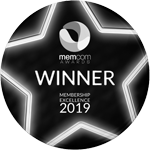

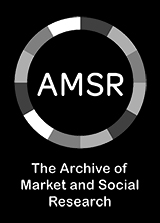
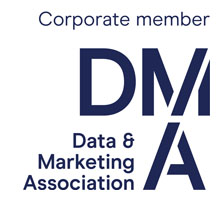

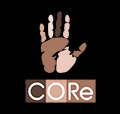

0 comments